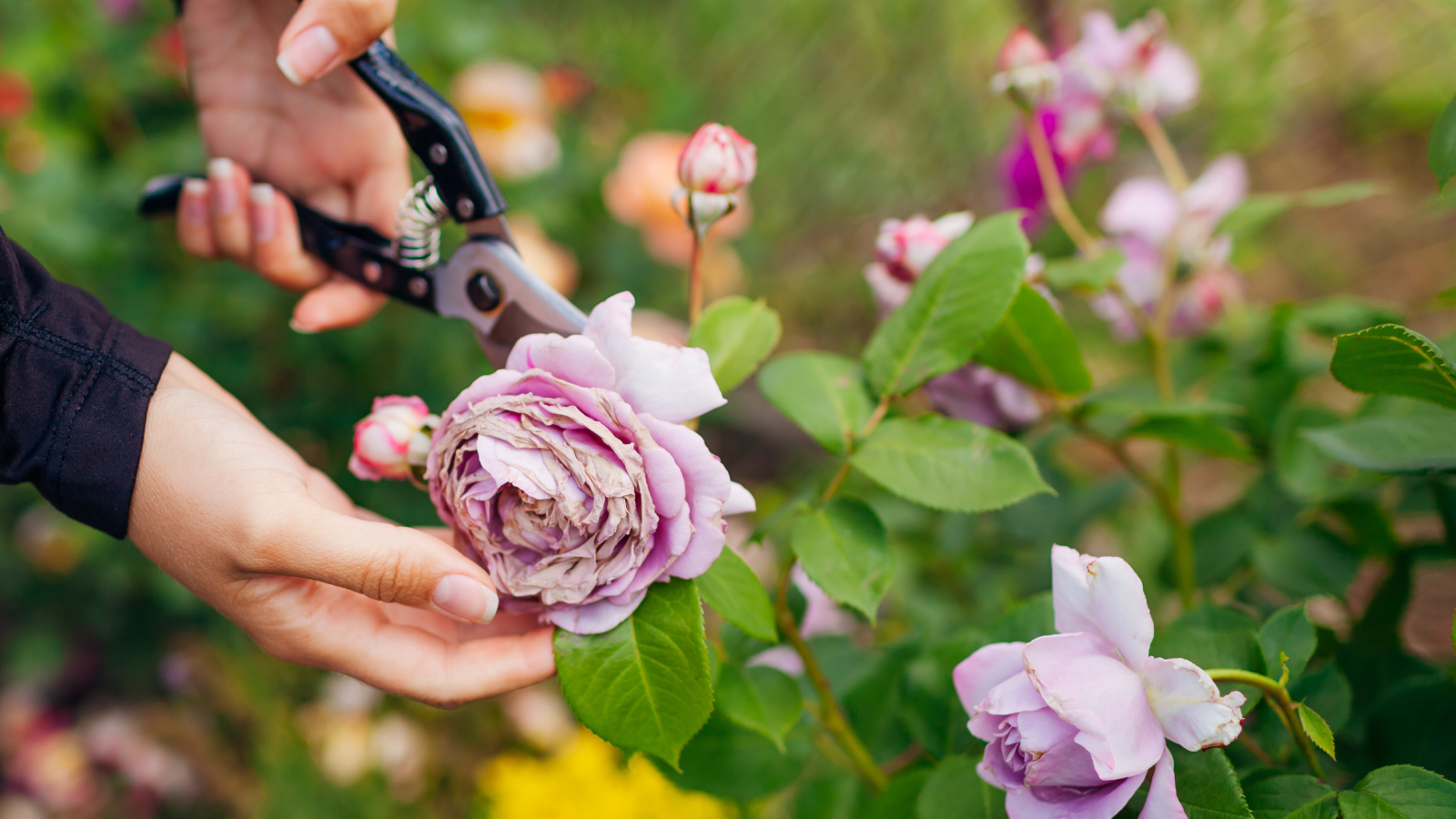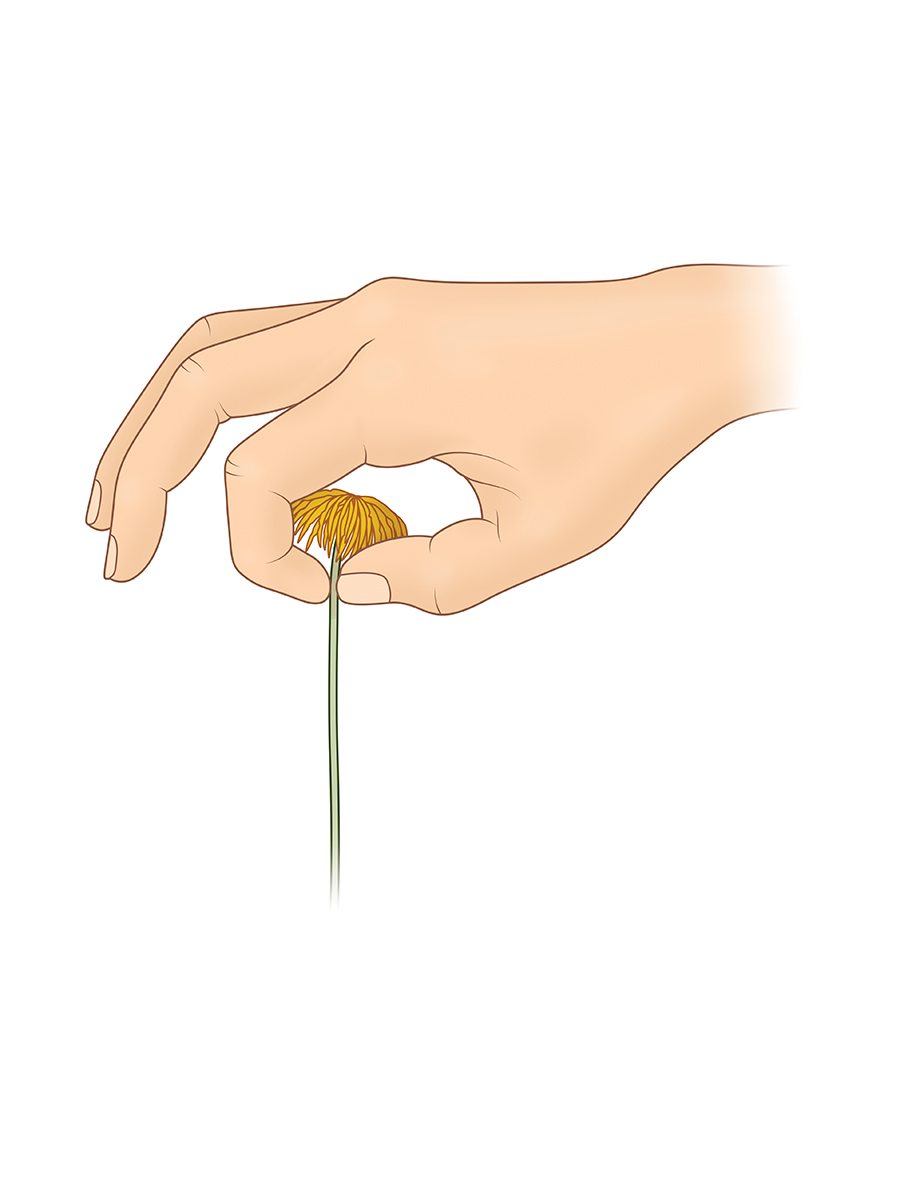Complete Guide To Deadheading: Why And How To Get Rid Of Faded Flowers
Deadheading is an important chore that can make a big difference in plant health and the amount of blooms a plant produces. Here's how to do it the right way.


Tonya Barnett
Does deadheading produce more flowers? In a lot of instances, yes. Most annuals and many perennials will continue to bloom throughout the growing season if they are regularly deadheaded. It's generally done both to maintain a plant’s appearance and to improve its overall performance.
What Is Deadheading?
The term “deadheading” refers to the act of removing flowers from a plant. In most instances, these are blooms that have started to age and are no longer considered attractive.
On occasion, gardeners may also find it necessary to remove flowers or buds that have been damaged. Though some plants need only be deadheaded to keep a neat and tidy appearance, others will find that the process is an essential part of their overall health and vitality.
Benefits of Deadheading
For many gardeners, deadheading flowers is already an important aspect of routine plant care. This is especially true of ornamentals within the home landscape.
Here are some of the top benefits of deadheading:
1. It Makes Plants Look Better
As flowers age, most begin to drop their petals and start to dry out. This is much less aesthetically pleasing than fresh healthy blooms. Deadheading makes plants look less messy and tired, and also stops the petals from dropping to the ground and making excess debris.
2. It Helps Prevent Disease
Decomposing plant matter, whether it's on the plant or the ground beneath it, creates an ideal environment for fungal and bacterial problems. Clearing away spent flowers before they have a chance to start decomposing goes a long way toward keeping your plant healthy.
Sign up for the Gardening Know How newsletter today and receive a free copy of our e-book "How to Grow Delicious Tomatoes".
3. It Encourages More Flowers
As flowers shed their petals and begin to form seed heads, energy is focused on the development of the seeds, rather than the flowers. Regular deadheading, however, channels the energy into the flowers. This results in healthier plants, more flowers, and an extended growing season.
4. It Controls Unwanted Spread
Even if you love your flowers, you many not want them spreading throughout your garden and yard. Deadheading plants removes flowers before they have the opportunity to produce and spread their seeds. This technique is especially important for controlling plants known for their ability to self-seed.
When Should You Deadhead Plants?
Get in the habit of deadheading early and often. If you spend at least a short time in the garden each day, your deadheading task will be much easier.
Start early, around late spring, while there are only a few plants with faded flowers. Repeat the process every couple of days and the chore of deadheading flowers will lessen each time. However, if you choose to wait until later in the season, like early fall, the dreaded task of deadheading could be overwhelming.
How to Deadhead Flowers
Deadheading techniques can vary depending upon the type of plant. Here are the most common and effective methods.
Pinching
Many species can be “pinched.” When gardeners pinch flowers, they are able to quickly and efficiently remove plant matter with the use of their fingers. This method works well on plants with thin stems and soft leaves.
As plants fade out of bloom, pinch or cut off the flower stem below the spent flower and just above the first set of full, healthy leaves. Repeat with all the dead flowers on the plant.
If you're pinching your plants, you should always wear high-quality gardening gloves to protect against abrasions and to limit potential exposure to toxic species.

Pruning
Pruners or secateurs can also be used to deadhead plants. These are ideal for larger flowers, such as those produced by woody perennials or shrubs.
Select tools that are sharp and can make clean cuts without crushing or damaging the plant’s stems. To keep plants looking their best, each cut should be made back to the nearest set of healthy leaves.
While flowers produced on tall stems can be removed individually, those that are small or produced in clusters may be difficult or tedious to snip. In these instances, shearing the plant back may be the best solution. To do this, approximately one-third of the plant can be removed before faded flowers have started to produce seed.
Always check plants carefully to ensure that no flower buds are hiding amid the faded blooms before you shear the top of the plant. If you happen to find any new buds, cut the stem just above them.
Wild About Flowers? Check Out Our Complete Guide.
Should You Deadhead All Flowers?
Results of deadheading a plant will vary from one species to another. To better determine whether or not a plant’s flowers should be removed, it's important to understand its growth cycle. Annual flowers are those that grow, bloom, and produce seed within a single season. As reproduction is essential to the survival of annual types, most will respond positively to deadheading.
Perennials respond to deadheading differently from species to species. Those that do best are ones that are known to bloom repeatedly.
Flowers You Should Deadhead
Many annual flowers require deadheading in order to encourage the prolonged production of new buds. Cut-and-come-again annuals, or those that naturally continue to bloom throughout the entire growing season, are most ideal. Deadheading these types of plants will that you'll enjoy bright bursts of color throughout the entirety of the summer season.
Certain types of perennials may also respond well to deadheading, promoting additional flushes of blooms beyond the plant’s typical flowering period.
Some of the more commonly grown plants that reward this effort with a second bloom are:
- Bleeding heart
- Phlox
- Delphinium
- Lupine
- Sage
- Salvia
- Veronica
- Shasta daisy
- Yarrow
- Coneflower
- Astilbe
- Coreopsis
- Blanket Flower
The second bloom will also be longer lasting.
Flowers You Should Not Deadhead
Though improper deadheading will not cause harm to most plants, it can negatively impact their bloom. Many types of flowering shrubs, for example, perform best when spent flowers are allowed to remain throughout the duration of winter.
The same can also be said for several species of late-blooming perennial. Still other plants, like impatiens and petunias, are self-cleaning and drop their spent flowers naturally.
Waiting until the appropriate time to prune these plants helps them to be well-prepared for the season ahead.
Plants you should not deadhead:
- Hollyhock
- Foxglove
- Lobellia
- Forget-Me-Not
- Impatiens
- Petunias
Nothing is more rewarding to a gardener than watching the garden come to life with beautiful blooms, and by practicing the task of deadheading throughout the season, nature will bless you with a second wave of blooms to enjoy even more.

Nikki Tilley has been gardening for nearly three decades. The former Senior Editor and Archivist of Gardening Know How, Nikki has also authored six gardening books.
- Tonya BarnettWriter